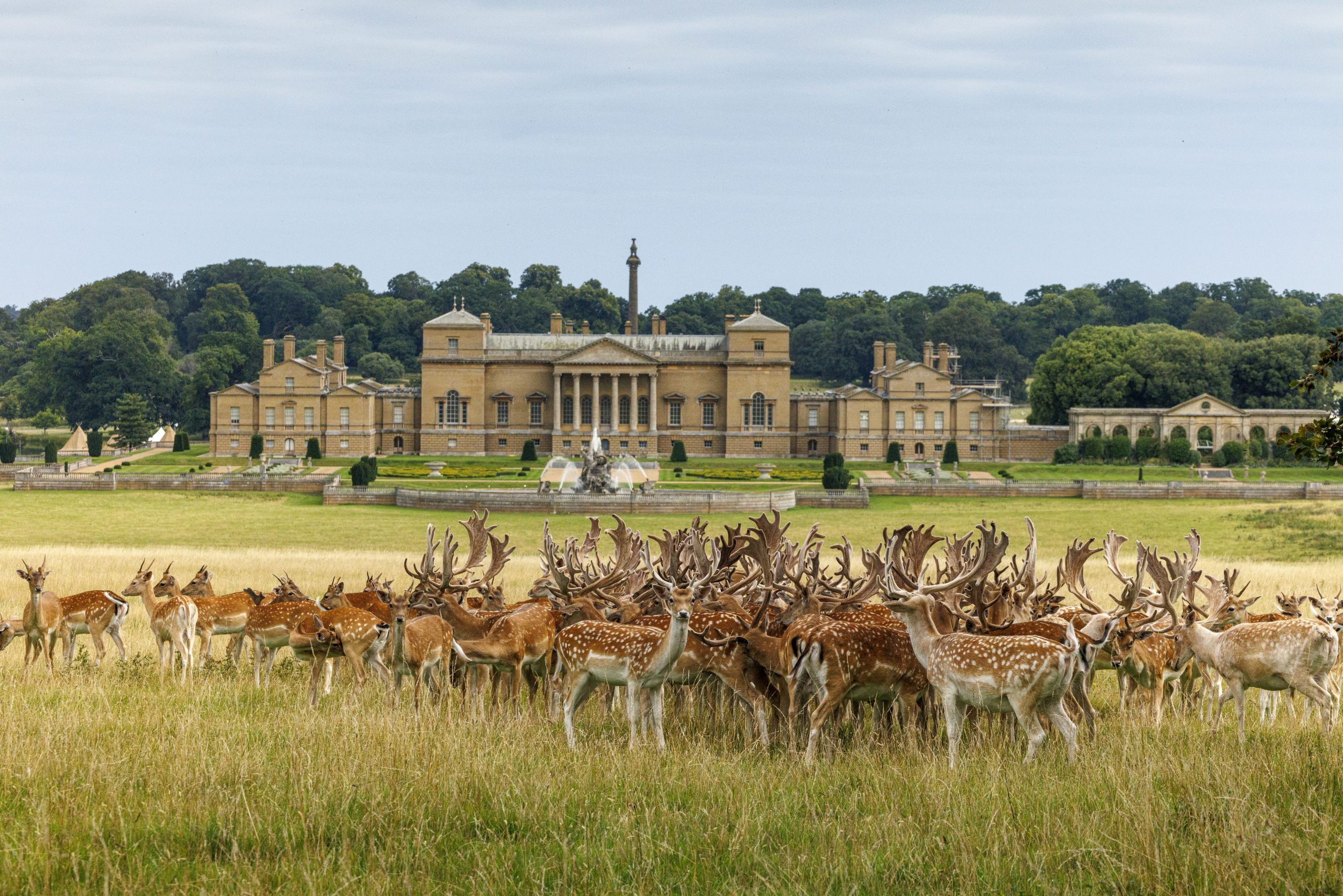Holkham Hall: Behind the scenes with Jake Fiennes
Jeremy Flint visits Holkham Hall, in Norfolk, to meet Jake Fiennes, who is tasked with making the vast estate more sustainable
Words and photos by Jeremy Flint
Located on the Norfolk coast, near the village of Holkham, Holkham Hall is one of the most treasured stately homes in Britain – an 18th-century neo-Palladian country house that borrows from the Roman antiquity-style of architecture with columns and symmetrical design, though with a more austere approach than its Italian influencers.
The house as we see it today was built by Thomas Coke, 1st Earl of Leicester, on land that had been owned by his family since 1605. Like so many creatives of his day, Thomas Coke was inspired in his designs by what he saw on his Grand Tour of Europe when he was a teenager – a six-year trip in which he met William Kent, who shared his love of Romanesque design and was the lead architect, and probably also Lord Burlington, who introduced the concept of the four wings (which include the family quarters) and the crested towers.
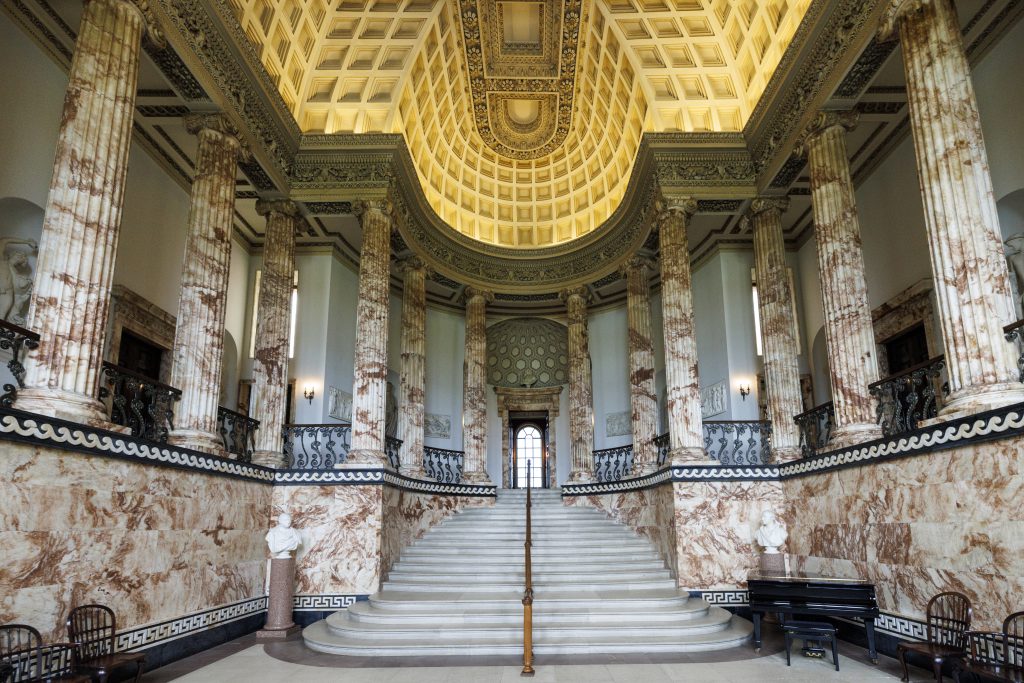
Work began in 1734 and continued for 30 years. The resulting architectural masterpiece has been home to the Coke family ever since.
The incumbent residents of Holkham Hall are Thomas Coke, 8th Earl of Leicester, his wife Polly, Countess of Leicester, and their four children. Being custodians of the house, they protect and preserve the hall and its magnificent treasures as both a family residence and
a tourist attraction.
Holkham Hall provides incredible insight into how the previous earls would have lived and the higher circles in which they mixed. The Marble Hall is one of the most imposing halls in England and the first room visitors see on a visit to Holkham. The 50ft domed ceiling, a copy of that of the Pantheon, is truly spectacular, while the marble staircase and carved alabaster columns also delight.
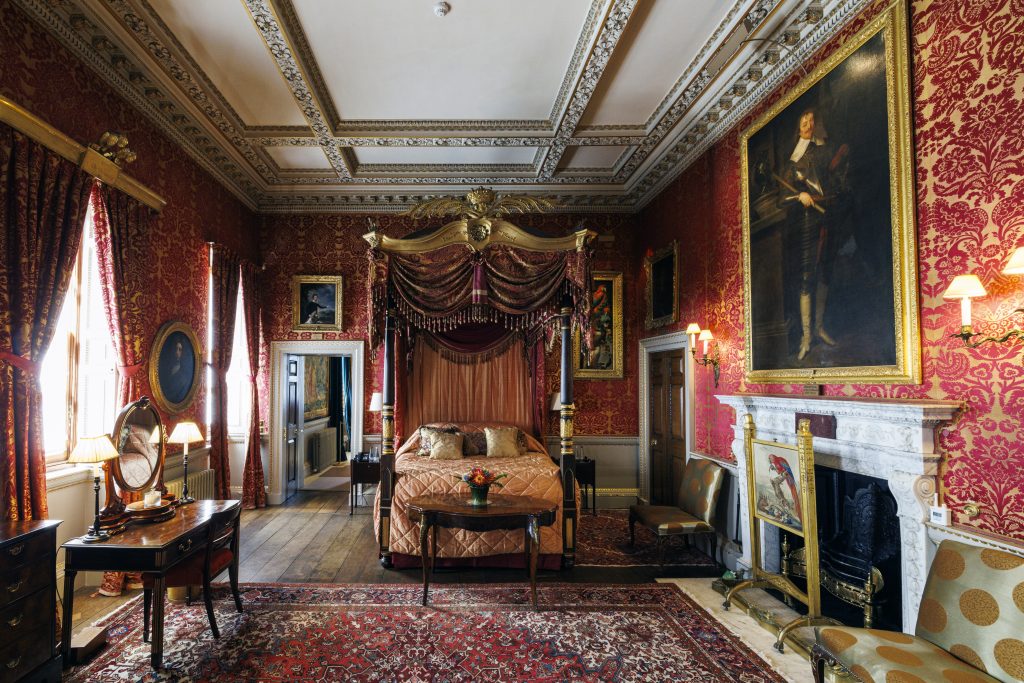
This splendour and grandeur flows through the mansion’s elegant state rooms, located on the first floor, with their fine collections of furnishings, sculptures, paintings, tapestries, and commissioned silverware.
The Saloon at the top of the staircase leaves visitors in awe with its magnificent paintings and colourful decorations; the Sculpture Gallery wows with its statues; and the Long Library with its 2,000 books is enthralling and is used by the Coke family as a sitting room. There are also secret doors linking the upstairs to the downstairs, where the maids would come up from the basement to clean without anyone ever knowing they were there.
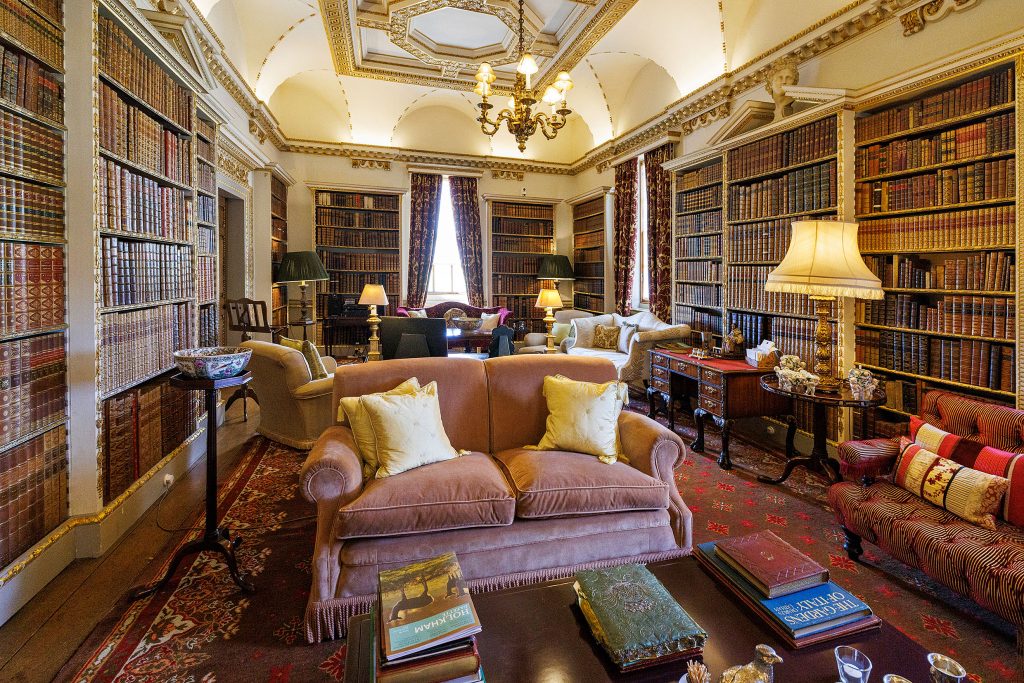
But it’s not just the house that is a masterpiece – the grounds in which it stands, designed by William Kent and later adapted by Lancelot ‘Capability’ Brown and Humphry Repton – two of the most respectable landscape gardeners in British history – which include an enchanting 3,000-acre park, is also a work of art.
And it’s the gardens, and most importantly the work being undertaken to restore native habitats, that have brought me to Holkham Hall today.
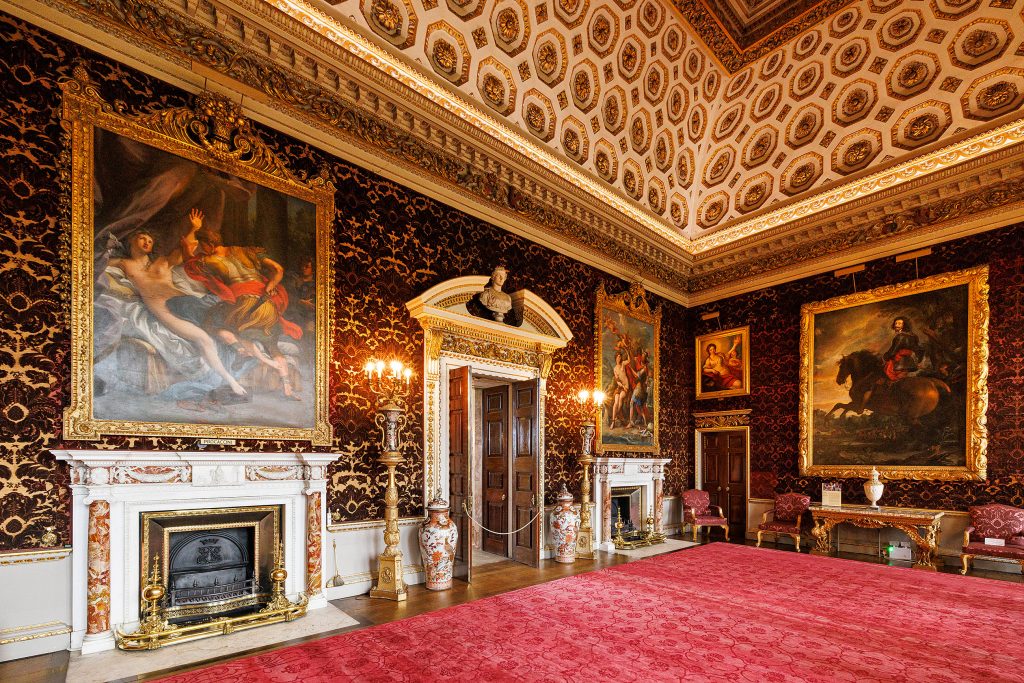
As I walk towards the Walled Garden, I pass a lake on my right with two herons fishing. A stoat scampers past to my left, where geese graze and take flight, oystercatchers with their distinct orange bills squawk overhead and fallow deer grunt in the distance. Already I can see that conservation and nature play a huge part in Holkham’s wider landscape.
I’m here to meet Jake Fiennes, conservation manager at Holkham, who looks after the natural environment on the 25,000-acre estate, which includes a mix of farmland, woodland, parkland, and beach, as well as the Holkham National Nature Reserve, England’s largest national nature reserve.
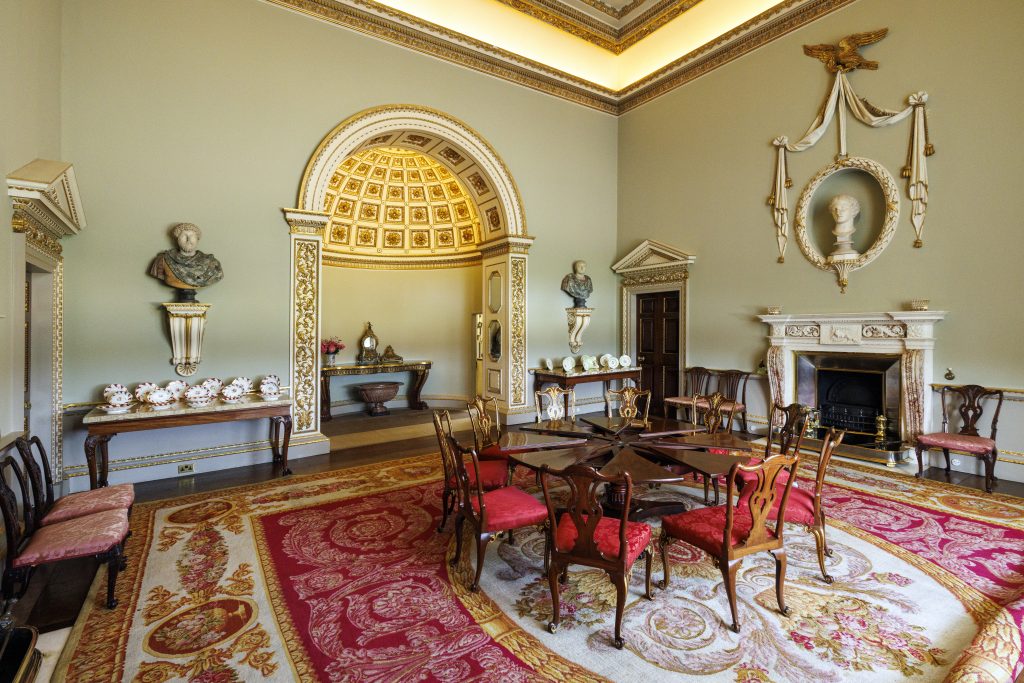
Bringing over 30 years’ experience working on private land estates, Jake Fiennes took on the role when Lord Leicester contacted him five years ago with a job offer that was hard to refuse: “I get to manage the largest privately owned nature reserve with a million visitors and multiple designations of huge environmental significance. Why would you turn that down?” he says.
Considering himself a general environmentalist, Jake, who lives just three miles away and is the twin brother of actor Joseph and younger brother of Ralph, enjoys tapping into the skill set of his colleagues, who between them specialise in farming, food production, livestock, woodland, and everything else that goes into running a visitor attraction, as well as the heritage and historical elements of the hall and its maintenance.
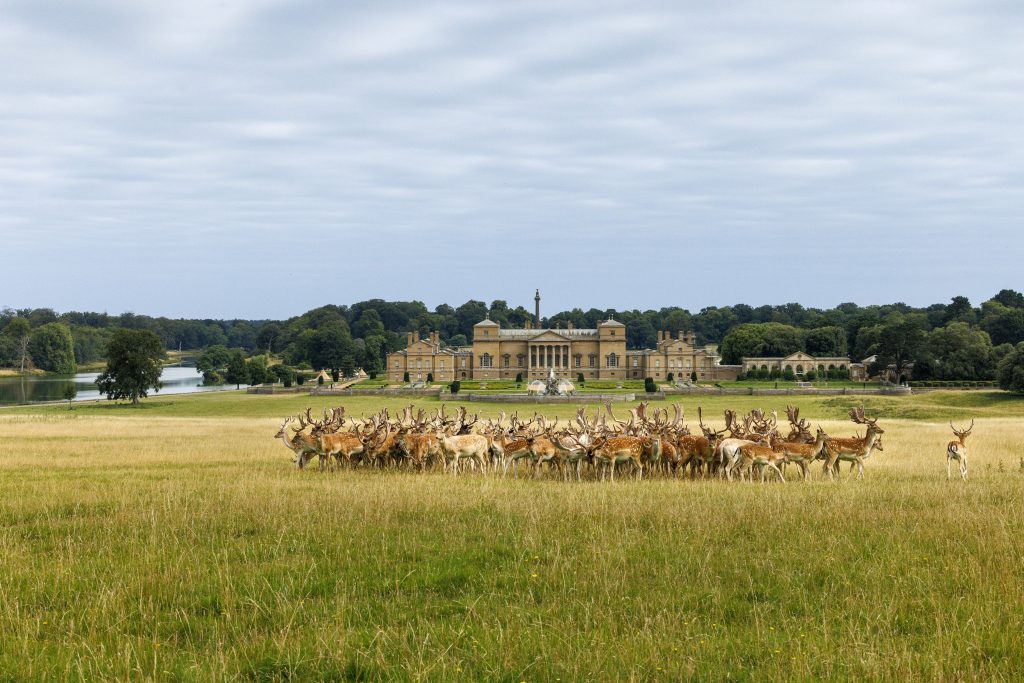
Day to day, Jake Fiennes spends a lot of time at his desk, but luckily it’s a remarkably well positioned desk: “I have a wonderful view across the reserve from my office” he says, which allows him to watch the estate’s wildlife.
“We have 14 nests of house martins here, and we see hundreds upon hundreds of them when the fledglings are present,” he says.
Jake loves the grand house and how it sits within an amazing, designed landscape. “Although it’s a colossal structure and hugely impressing, it is dwarfed by the wonderful, huge Norfolk skies and the park fallow, ancient trees, and lake,” he says.
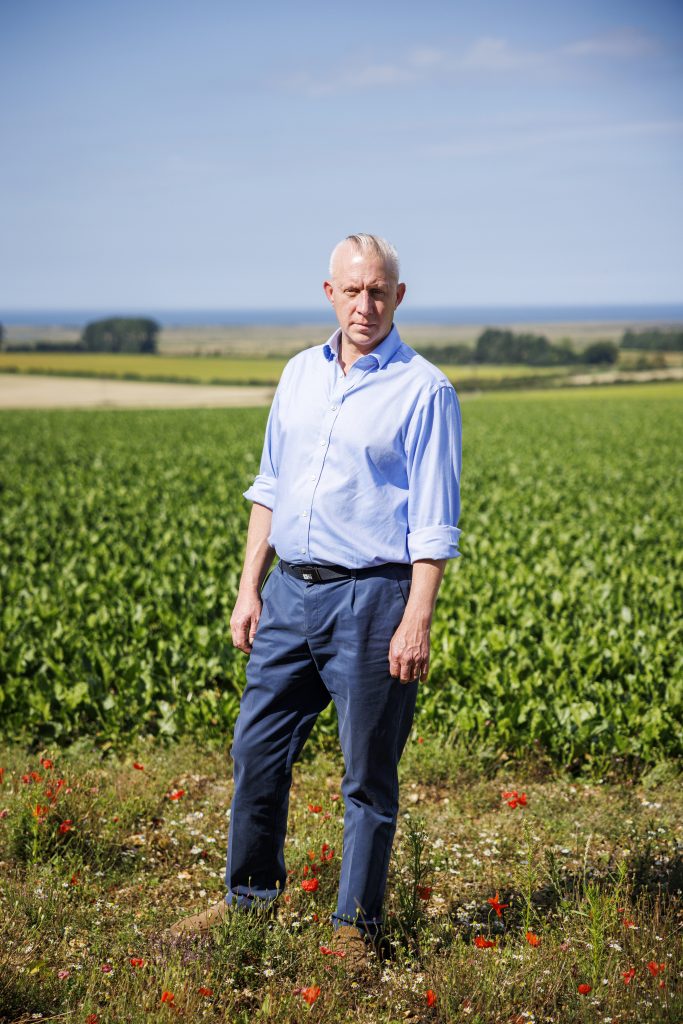
Jake loves the diversity of the habitats found on the estate, from sand dunes going out to sea to freshwater grazing marshes, farmland, and woodlands. “Seeing this perspective and the importance of the juxtaposition of all of those habitats, and how they create heterogeneity within the landscape that allows it to flourish, is astonishing,” he says.
With Holkham’s healthy ecosystem, you can expect to see many species of plants, birds, and invertebrates (including spiders, worms, snails, and insects like butterflies) at any time of the year. For example, brimstone butterflies in February are followed by orange tips and holly blues in April, while peacocks and red admirals arrive at the end of the butterfly season.
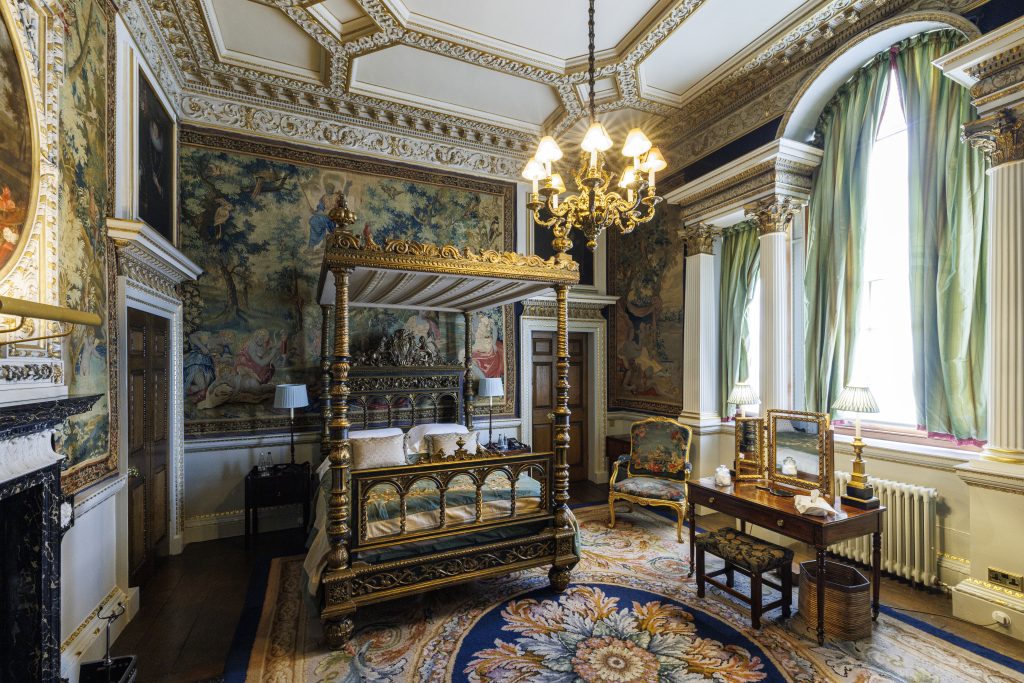
Jake is to the point when it comes to describing his take on the natural world: “It’s a series of processes and evolutions – death, sex, and violence, you kind of get used to it.
“I am like a director in a play, who sets the scene and brings in the characters who play out the processes.”
Ensuring there are measures in place for species migration through climate change is key. “There are moments of wonder and awe when things go right. We have lots of species that weren’t here before and can have over 100,000 individual birds on site at the end of December, which is quite a spectacle, the geese here are pretty epic, too” says Jake.
Jake believes some of the greatest declines of habitats and nature have been through agriculture, telling me that “72% of England’s land is used for agriculture, and 40% of habitable land is used for agriculture”, so, he says, agriculture has a significant role to play in the challenges of climate change and biodiversity.
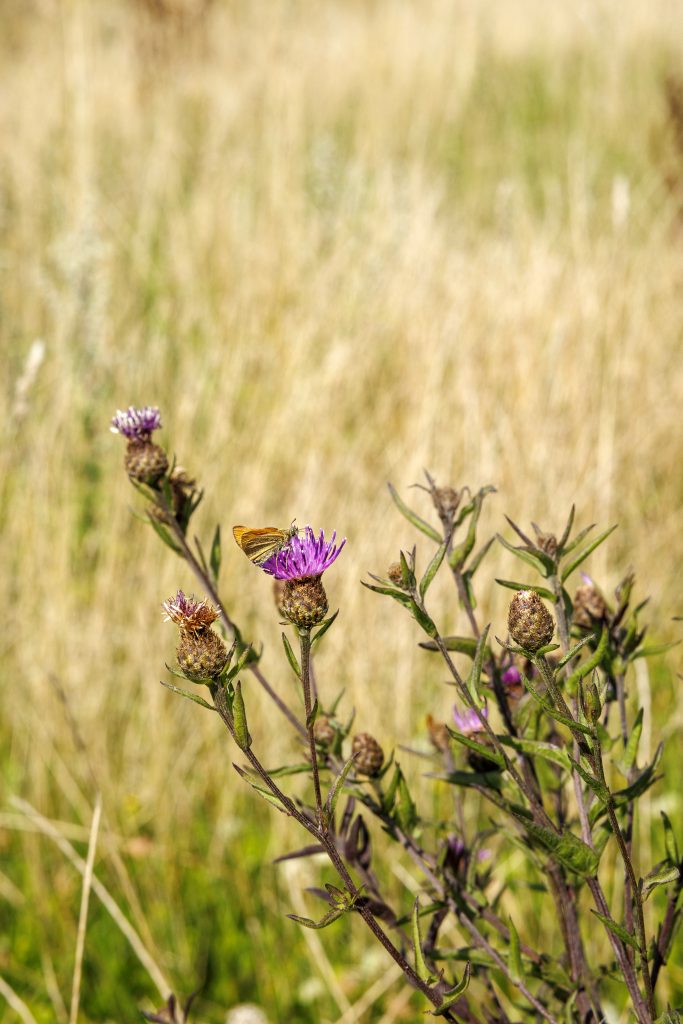
Jake Fiennes’s book Land Healer – How Farming Can Save Britain’s Countryside published in 2022, echoes this sentiment, describing farming as the low hanging fruit and explaining how land use is the obvious solution to challenges in food security, self-sufficiency, biodiversity, access, climate change and net zero.
This approach has already been applied at Holkham, where Jake brought nature back to a farm that was handed back to the estate, making space for nature and livestock in Holkham’s agricultural landscapes. Hedgerow restoration has also seen the return of yellowhammer birds to Holkham’s nature reserve.
Holkham’s aim is to be the UK’s most sustainable rural estate. Agricultural transition and making food more environmentally sustainable and nature positive at Holkham are all part of this vision. Jake is also keen to recreate a landscape of how Norfolk might have looked centuries ago, with open downland, rivers and wetlands sitting within a farmed landscape.
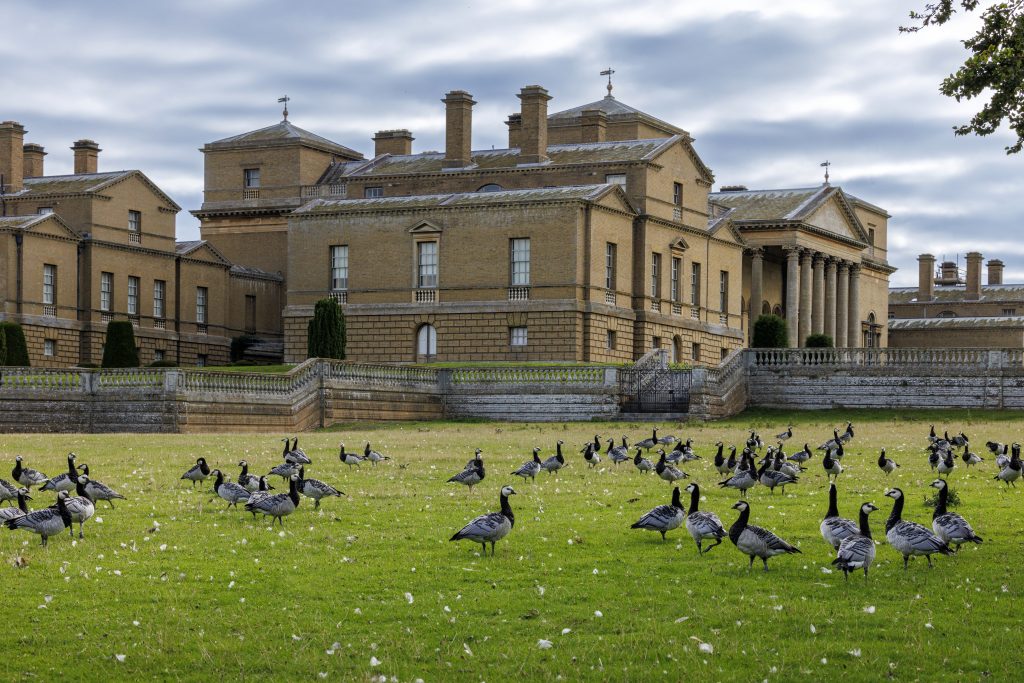
For instance, the 2nd Earl, Jake tells me, drained the salt marshes, and made them into freshwater grazing marshes by planting pinewood on the sand dunes to stop the sand blowing onto the marshes and placing some early sea wall structures to prevent the sea coming in.
Though these grasslands were drained for cultivation in the 1960s and 1970s, the large number of grass-eating geese and wild fowl that visit the estate each year (100,000) meant it made sense to return them to freshwater marshes.
Jake is careful not to cut the marshes though, hoping to create a mosaic of habitats that are attractive to otters and marsh harriers, both of which are on the verge of extinction. He also manages the series of freshwater dykes and the availability of food for the otters (which includes small fish and birds) to ensure that there is enough to sustain them.
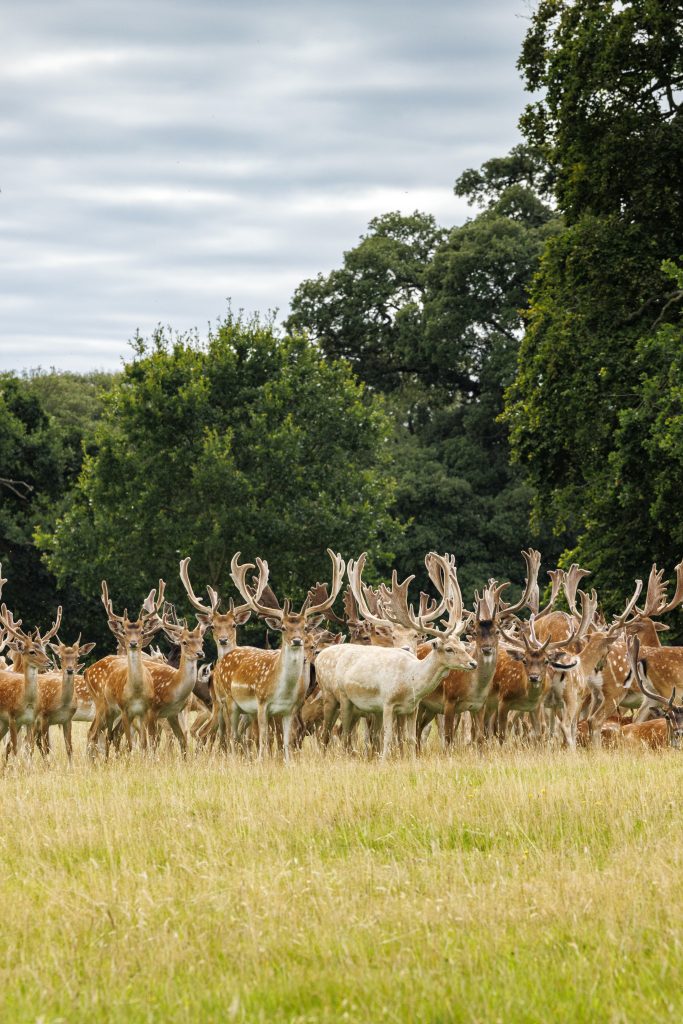
From a forestry perspective, the biggest change the current earl has undertaken is maintaining the 1,000 hectares of woodland around the hall and the mile-long drive to the north of the hall from the main entrance. “The avenue of trees, some 200 years old, was clear felled and re-stocked” says Jake, telling me that in 100 years’ time the avenue will be nature-rich once more with bats and owls.
Going forwards, an ambitious project with the Norfolk Rivers Trust is re-meandering a chalk stream that was channelised 300 years ago and is being put back into the centre of the flood plain. This is the biggest chalk stream restoration project in England.
Jake Fiennes says: “The creation of the new route of the river will take about four months”. During this time, the natural re-colonisation of all the fish, aquatic and plant species associated to the river will take shape, he says. “In five years, it will look like it has been there for 200 years.
If you would like to visit Holkham Hall and its spectacular grounds, go to holkham.co.uk
Read more:

